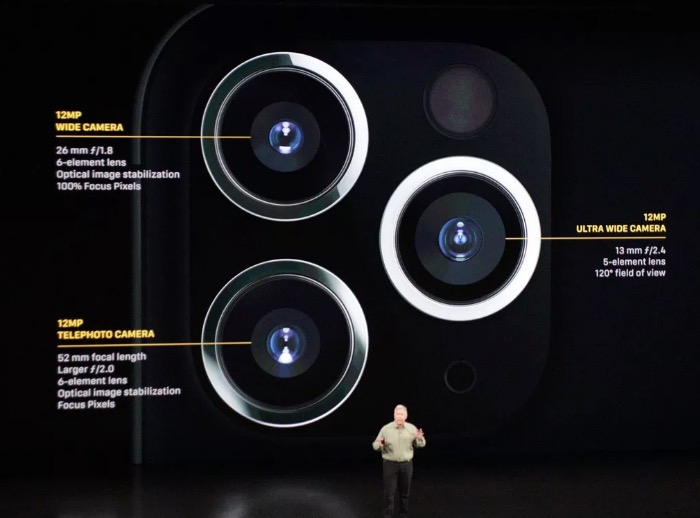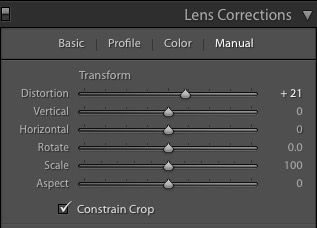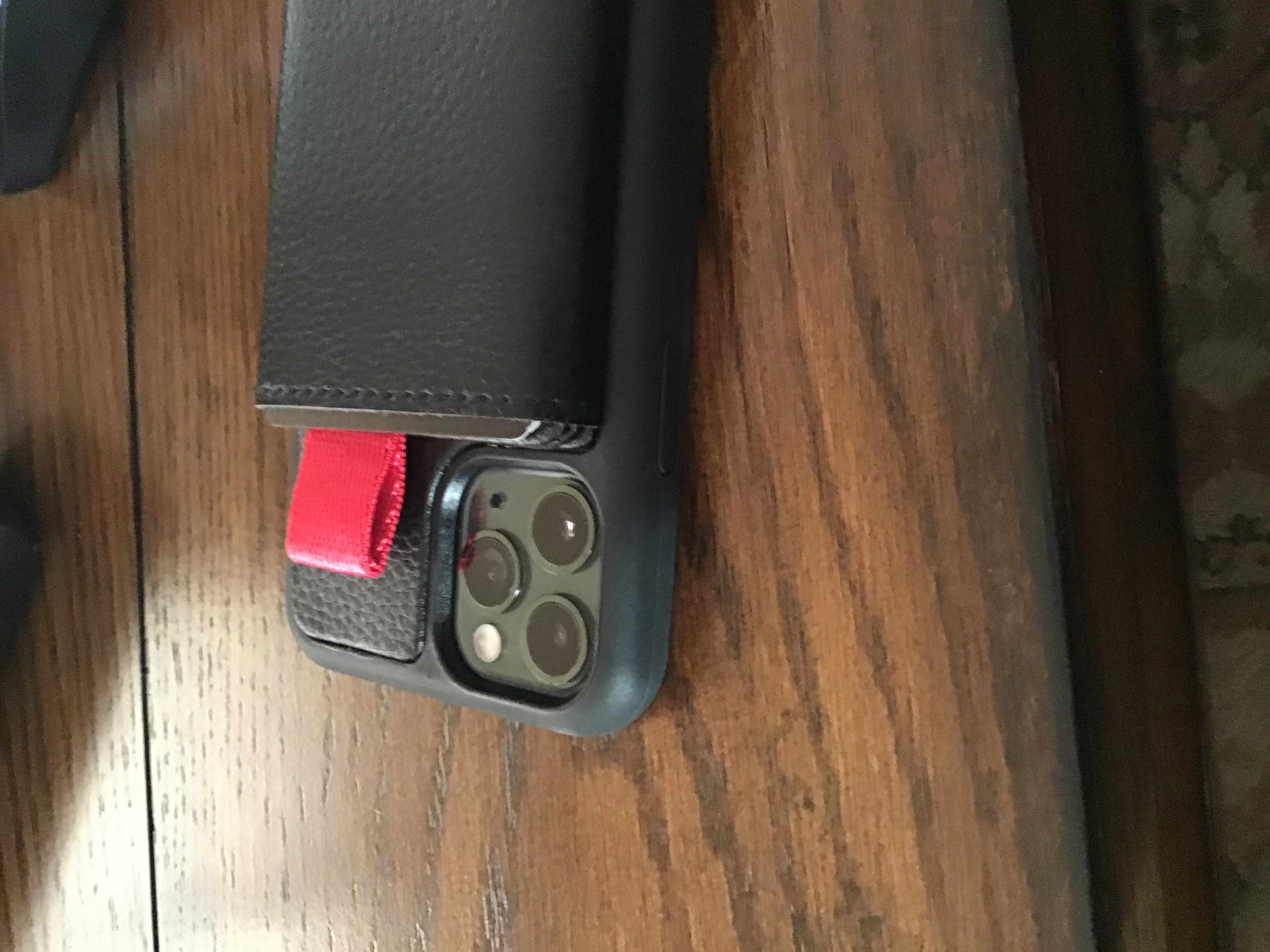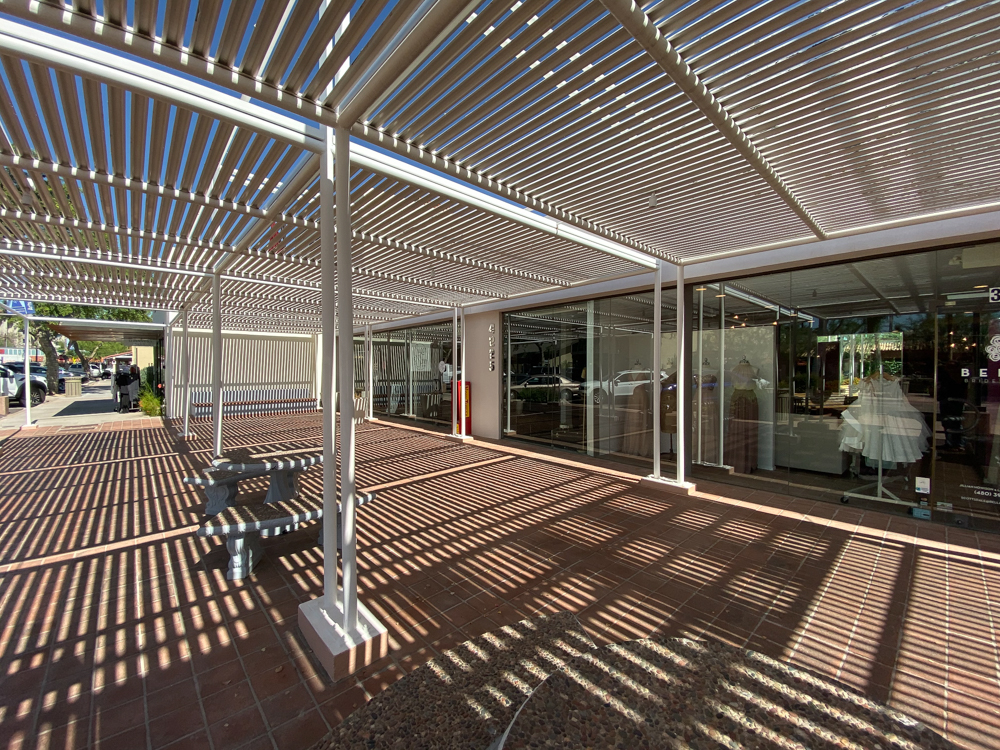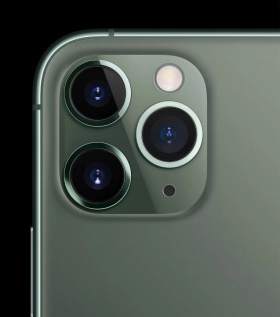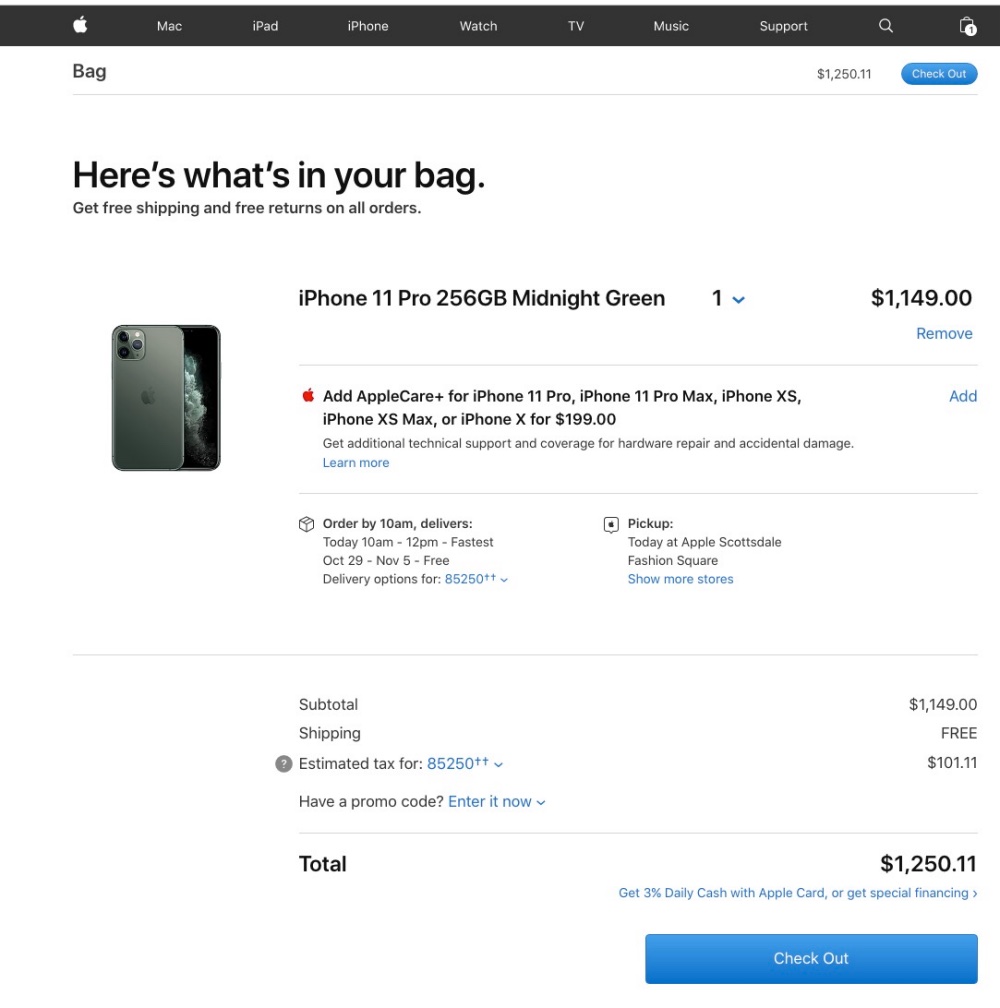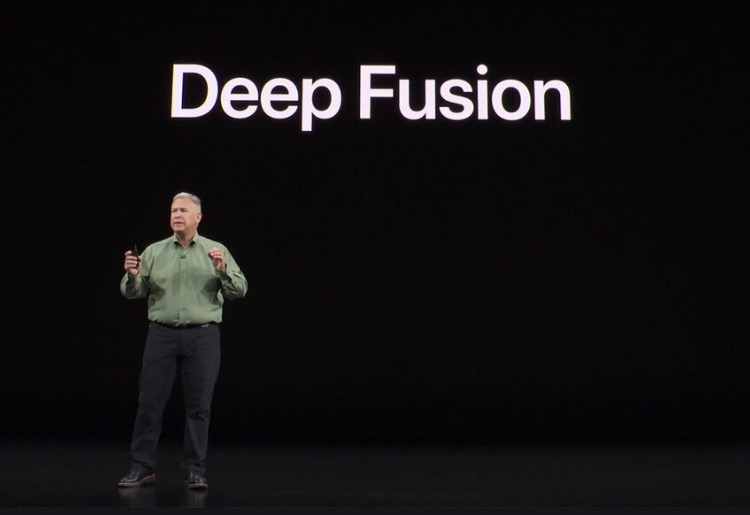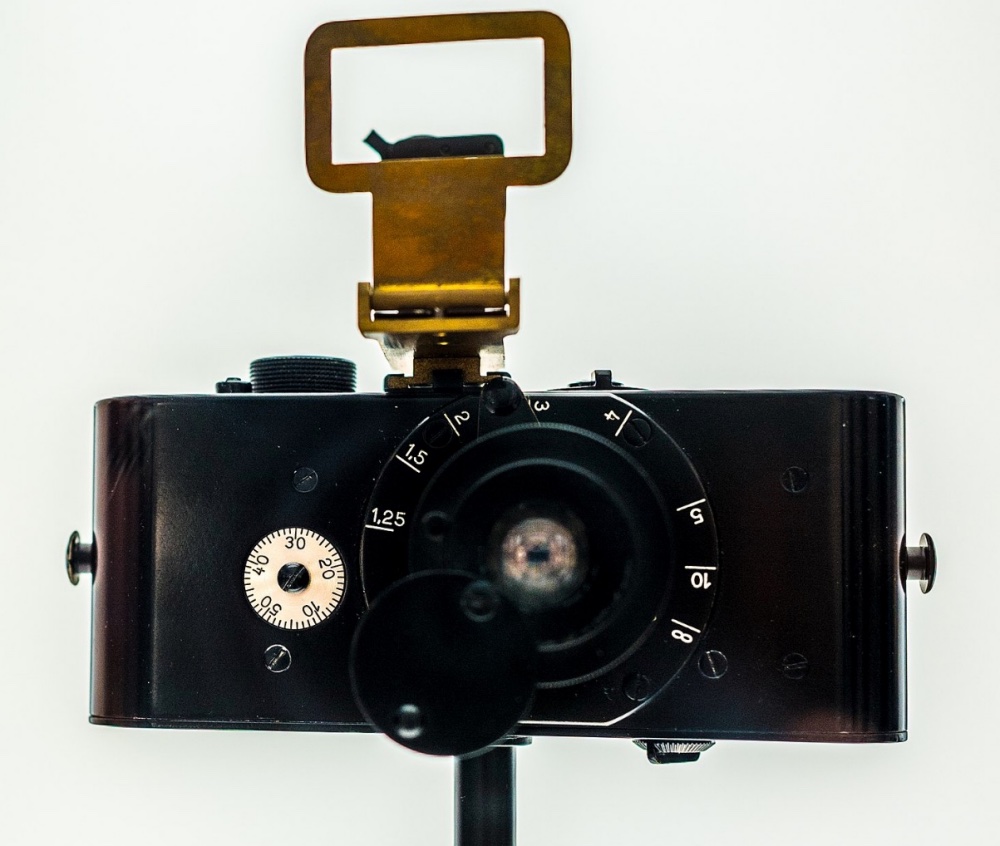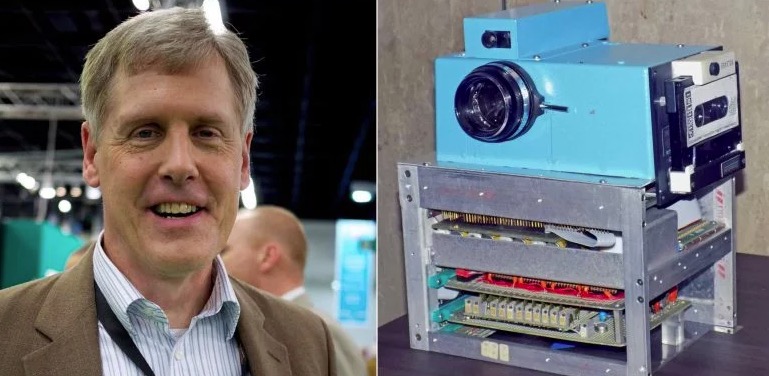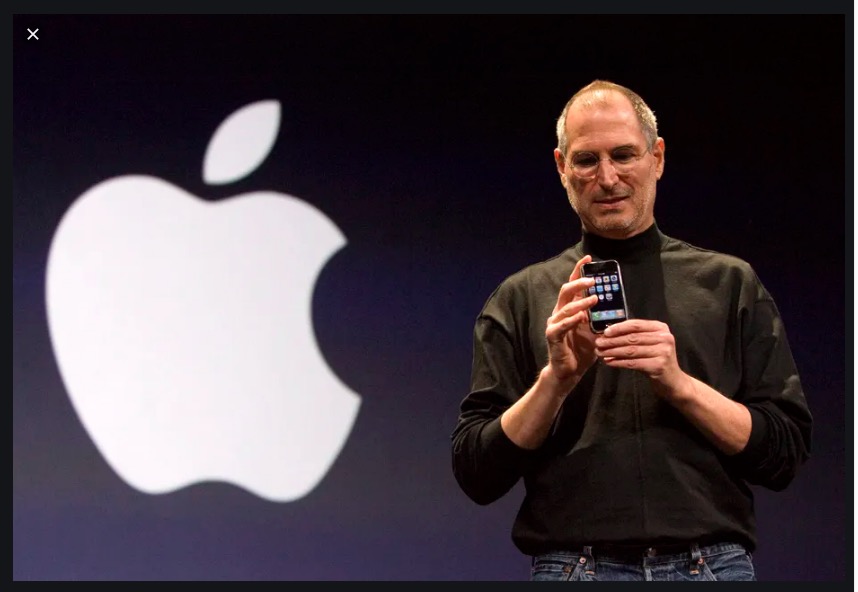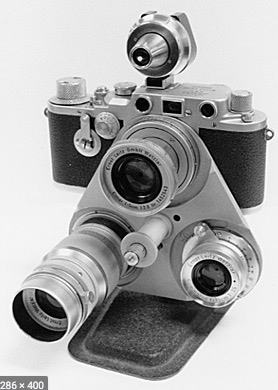Upgrade considerations.
Click here for an index of all iPhone articles.
Here’s an index of the iPhone 11 Pro pieces:
Part I – The revolution realized
Part II – Upgrading
Part III – The ultrawide lens
Part IV – The Normal lens
Part V – The Telephoto lens
Part VI – The Focos app
Part VII – Quirks and anomalies
Part VIII – HDR and the Night Mode
Part IX – The digital zoom function
Part X – A lens correction profile for the ultrawide optic
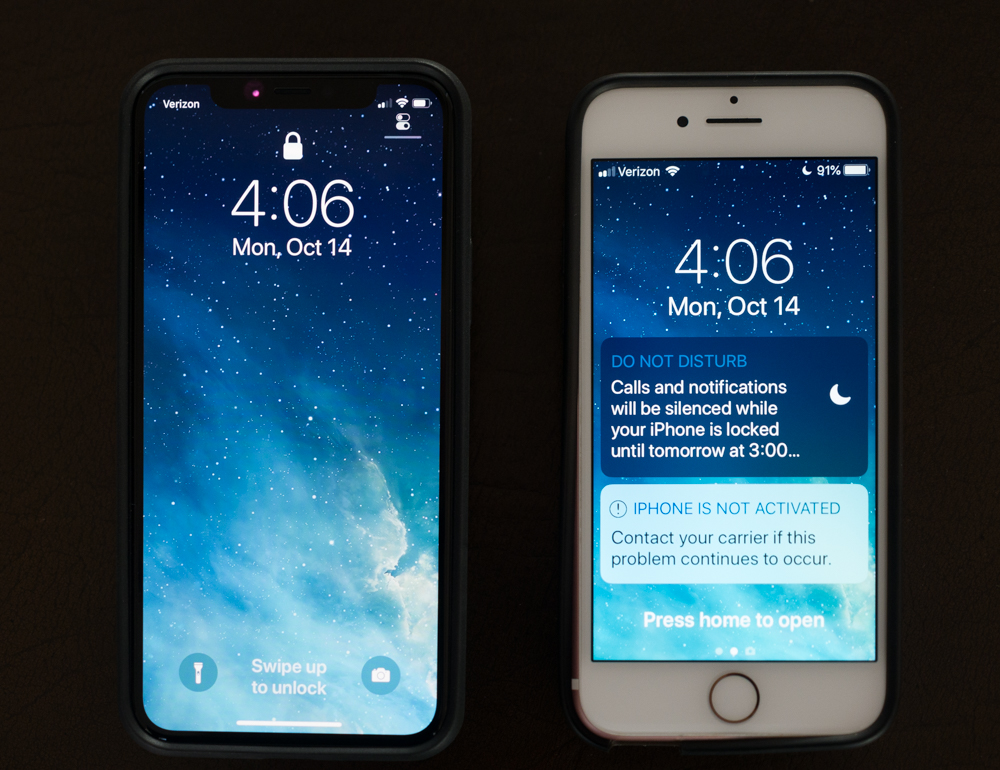
The iPhone 11 Pro is a few millimeters taller and wider than the iPhone 7, and just 0.04″ thicker.
I skipped iPhone X on my upgrade path. I was very uncomfortable with the Face ID security technology, which replaced the fingerprint sensor, a work of genius. And while I cannot speak to its functionality on iPhone X I can confirm that Face ID works perfectly on the iPhone 11 Pro. Easily programmed, it’s so fast to respond to the user’s face that you begin wondering whether it’s performing any sort of check at all. So I covered my face with a hand before raising the iPhone to face level and, sure enough, it failed to recognize me, refusing to log me in. It gets better. I ride a classic motorcycle a lot. It’s my preferred mode of transport, and always sees me wearing a Shoei flip-top helmet, the easier with which to remove and replace it, as I wear eyeglasses. With the top flipped up and my face somewhat squashed by the protective foam padding the iPhone 11 Pro had no difficulty recognizing me and logging in. Nice. I can continue buying my morning croissant without having to remove the helmet! And as face ID uses infra red beams, I can confirm it works every bit as well in total darkness.
Let’s get the nasty things out of the way first.
The Apple Store. These used to be havens to visit, no sales pressure, an orderly queue for a sales clerk and no time wasted. Today it’s a nightmare and I confess to a feeling of dread when a visit beckons. Fortunately that’s a rare occurrence, required only when buying a new iPhone or having the battery replaced. Otherwise, everything Apple can be had from online vendors.
The Apple Store has gone from a professional sales environment to one aimed at tattooed hipsters. Sales clerks are hard to find, generally mulling around in the permanent crowd these places attract, and their distinguishing T shirt colors change frequently, compounding the problem. They seem more intent on socializing with one another than actually servicing customers and such was the case yesterday when I spotted three of these clerks and had to break up their conversation to pick up my new iPhone. Yes, they all had the requisite tattoos disgustingly covering every square inch of exposed flesh, with hair colors to match. Really Apple, what don’t you understand about “Old Guys Rule”? It’s where the money is and we want prompt, polite, efficient service without an attitude. That’s because we got to be old and successful, unlike your clerks.
Siri and voice recognition. Siri remains as useless as ever. I have my iPhone set up to recognize English English (you know, the one that died out in England 30 years ago where the default pronunciation now is that adopted by soccer players and their slutty spouses) and Siri remains awful. A small device is crying out for anything that helps avoid keyboard use and Siri is not the answer. As for voice recognition, the system seems not to learn from its many errors. You will find you are spending as much time correcting voice recognition errors as you did dictating the narrative in the first place. This has not improved over several generations of iPhones.
iOS13. Quite how Apple can release so many versions of a bug-loaded OS beats me. The worst is the change in text editing. Where you used to get a nice magnified, localized image of what you touched, you now get a red vertical line, very hard to see and position, seeing as its mostly covered by your finger. Did anyone at Apple actually try using this? And ‘delete to the left’? Still missing after no fewer than thirteen major OS releases.
Email. It’s still impossible to collapse nested email directories. If you have dozens, as I do, you have to scroll through an interminable list to find what you need. How hard can it to be to confer OS X functionality from two decades earlier on this application?
Ergonomics. Just awful. Apple insists on placing the on-off switch opposite the volume buttons. As one of these is mostly used by photographers to take a picture – it offers tactile feedback the screen touch button lacks – it’s all too easy to turn off the phone when you hope to be taking a snap. That and the whole thinness obsession at Apple means that it’s very hard to securely grasp the device. The rounded sides compound the problem. I use a relatively bulky credit card case for mine which significantly helps, but Apple really needs to reposition that on-off button and revert to the slab sides of the magnificent iPhone 5 design. The iPhone 11 Pro is thicker than the iPhone X, with enhanced battery life as a welcome result, and I have yet to read of anyone complaining about the increase in thickness. Heck, you could double that dimension and I would be OK with it. Thinness should be restricted to American divorcees seeking a royal spouse and to amphetamine addicted supermodels.
So much for the grumbles, and putting those aside there’s an awful lot to like.
That Apple can release a device of such nightmarish complexity, relatively fault free, manufactured in the tens of millions and easy to use, is a tribute to great design and even greater (Chinese) manufacturing prowess. After many iPhones I have yet to have had a mechanical or key operational issue with any, the worst being the occasional battery replacement which can be had very speedily at the local tattoo parlor, and for very modest cost at that. Whether the latest A13 CPU really contains the claimed 8.5 billion transistors – an unverifiable statement – or not, is irrelevant. What matters is that the whole works, almost perfectly at that. I prefer not to contemplate all those chips and data paths as the thoughts overwhelm.
Upgrading from an older iPhone could not be simpler, and while there are several methods, I use the iCloud backup which is performed automatically and which service runs me a very modest monthly sum. The whole process, along with programming the device for Face ID and app installation, takes minutes to complete. That iCloud backup also works with my iPad and I have found the system to be well engineered and fault free. Recommended.
Why not iPhone 11? . This comes with two cameras – the ultrawide and standard, a slightly lower quality LCD screen and aluminum sides in place of the stainless ones on the Pro. I would miss the telephoto lens, the screen is almost as good and the material used for the sides is irrelevant if you use a case. So it’s a compelling case to save a few hundred dollars. I just wanted the best display and the long lens.
3D Touch: To reduce screen thickness, 3D Touch has been replaced with haptics. Instead of a harder press on the app icon you hold your finger on it a little longer. It works just as well.
Use with Lightroom: I have run into a couple of snags which only increase my incentive for exiting the awful world of Adobe and it’s annuity-grasping ways. I’m on LR 6.12 – the local version not the Creative Cloud one, as I refuse to make ransom payments for access to my images – and the system resolutely refuses to update to 6.13, hardly a surprise with this vendor. While my whole catalog of Photos came over from iPhone 7 only a few recent ones show in the import dialog in LR. Further, LR occasionally exits without warning or error message with the iPhone 11 Pro connected. It’s time to dump Lightroom.
Subsequent articles in this series will address the use of the three rear facing lenses (I do not take selfies, so forget the fourth), focusing on their opportunities and limitations. A healthy dive will also be made into the iOS 13 Camera app, much changed from previous versions. Finally I will take a look at some aftermarket camera apps to see if they add value.
